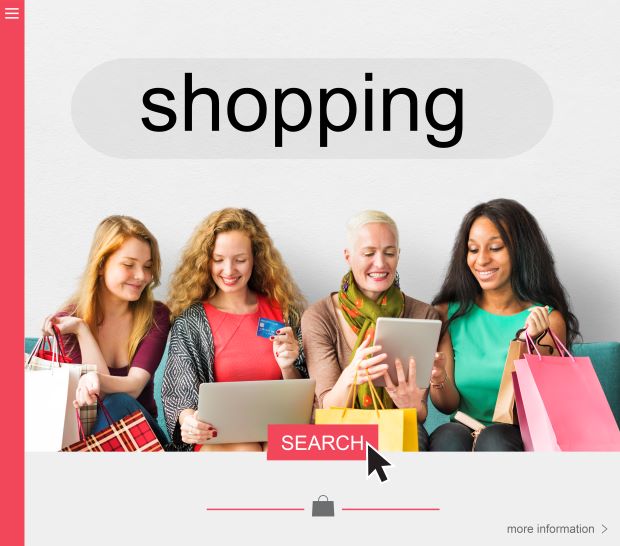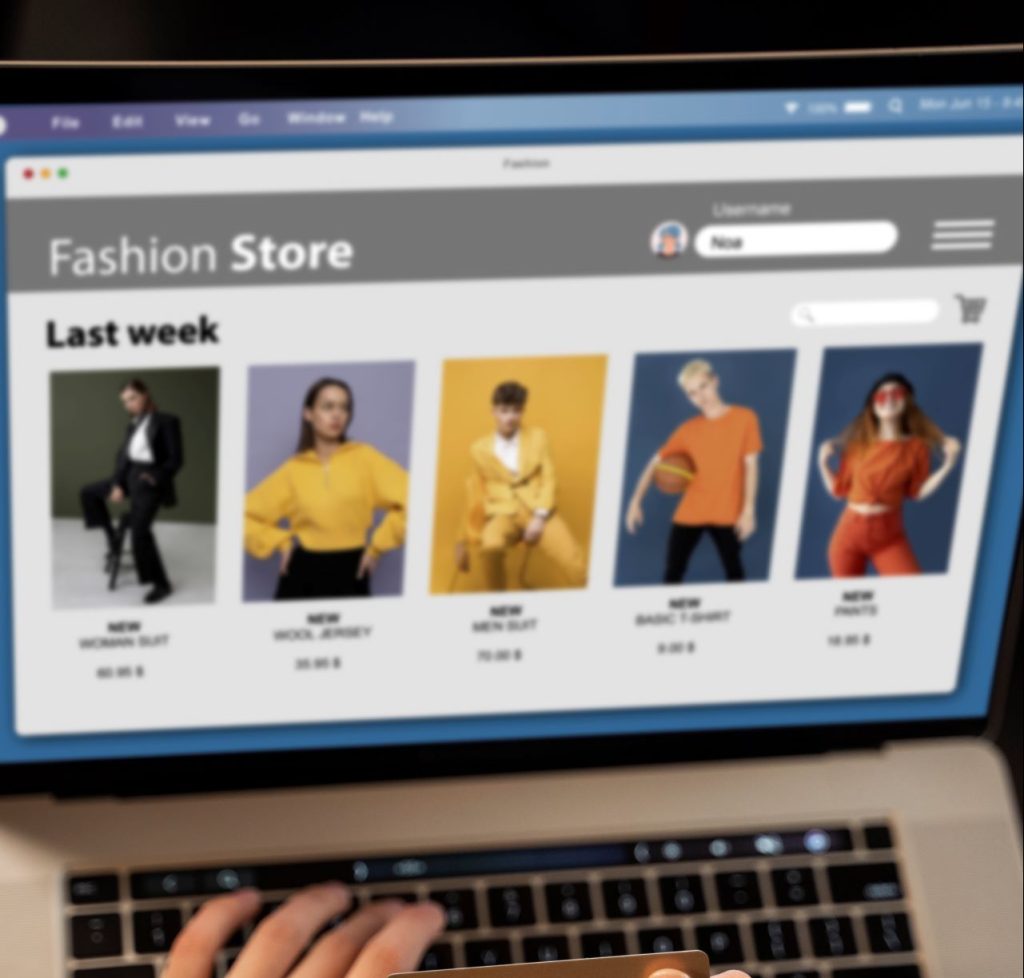Introduction:
The success of an online business depends greatly on giving clients individualised and seamless experiences in the linked world of today. Using geolocation to its full potential is one approach to do this. You may significantly improve the purchasing experience for your customers by incorporating a geolocation app into your Shopify site. We’ll delve into the world of geolocation in this blog, learn about its advantages, and look at how it can turn your Shopify store into a virtual shopping paradise.
Section 1 : Using Geolocation to Set the Scene
Imagine this: When a customer joins your online store, they are met with products that have been specially chosen for their area, climate, or cultural tastes rather than generic product recommendations. You can use geolocation to access these valuable data points and offer customised purchasing experiences. The options are boundless, ranging from individualised recommendations to targeted advertisements. It’s comparable to having a virtual store that adjusts to the wants and needs of every consumer.
Using geolocation to set the scene is a potent technique that improves user experiences and produces personalised interactions. Businesses and applications can use geolocation data to use a user’s location to deliver content and services that are contextually relevant. Geolocation gives an additional level of relevance and personalization, whether it’s through local recommendations, location-specific advertising, or adjusting language and currency options. By providing users with a seamless and location-aware experience, it helps businesses to bridge the divide between the physical and digital worlds. Businesses may build a more immersive and interesting environment by using geolocation to set the scene, strengthening the bond between their brand and their target audience.

Section 2: Exposing the Advantages.
2.1 Maximum Hyper-Personalization:
You can better understand your customers thanks to geolocation. You may provide them with pertinent items, regional content, and special offers by knowing where they are. This degree of personalisation fosters connection and increases patron loyalty.
In order to achieve the highest level of hyper-personalization, geolocation is crucial. Businesses can gain understanding of a user’s actual position and surroundings by utilising geolocation data, which enables them to deliver hyper-targeted recommendations, location-specific offers, and real-time information that is pertinent to the person in their current environment.
An e-commerce app, for instance, can use geolocation to determine the user’s current city and display local stores or activities taking place there. By using geolocation to provide restaurant suggestions based on the user’s location, a food delivery service can make sure the selections offered are practical and within their delivery area. In accordance with the user’s current location, preferences, and surrounding attractions, a travel app can offer tailored itineraries and suggestions.
2.2 Targeted Advertising Programmes
The days of broad-reaching marketing campaigns that merely converted a small portion of their audience are over. You may target particular areas or even neighbourhoods using geolocation, ensuring that your marketing initiatives are seen by the appropriate people at the right time. Imagine sending targeted advertisements to clients in hotter locales or providing discounts on winter clothing to clients in colder locales.
The term “targeted advertising programmes” can also refer to strategies and systems that let businesses deliver advertisements that are specifically tailored to a particular audience based on their demographics, interests, behaviours, or other pertinent factors. Targeted advertising programmes are also referred to as targeted advertising campaigns or targeted marketing initiatives. With the help of cutting-edge technologies and user data, these programmes optimise ad placements and raise the possibility of reaching the targeted target market.
Delivering highly relevant and individualised ads to consumers is one of the major advantages of targeted advertising programmes. Businesses can segment their audience and develop particular profiles or personas by analysing user data, including browser history, search habits, purchasing behaviour, and demographic data. These profiles are then used to provide advertisements that connect with the intended audience, boosting the likelihood that they will catch their attention, spark interaction, and result in conversions.
2.3 Speedy Checkout Procedure
Depending on where you are, shipping prices and delivery times can change. By automatically providing precise shipping alternatives and projected delivery dates based on the customer’s location, geolocation integration helps speed up the checkout process. This improves customer happiness while simultaneously lowering cart abandonment rates.
To give customers a seamless and effective shopping experience, businesses must have a quick checkout process. First off, speeding up the checkout procedure by cutting out any extra stages and removing any potential roadblocks can drastically increase completion time. This entails enhancing the checkout page’s design, adding autofill functionality, and including clear directions to ensure a seamless transaction. Second, incorporating secure payment gateways that provide a range of payment alternatives, such as credit cards, digital wallets, and bank transfers, enables users to select their preferred method and finish transactions quickly.
Last but not least, adding guest checkout capabilities can speed up the procedure by allowing users to make purchases without the need to register for an account, which saves time and friction. Businesses may significantly speed up the checkout process by employing these three tactics, which will enhance conversions and consumer happiness.
Section 3: Shopify’s Geolocation Apps’ Power
3.1 Geolocation Shopify Apps: Countless Possibilities
There are a tonne of geolocation apps available in Shopify’s app store. These apps offer a variety of capabilities, including IP-based geolocation, store locator maps, currency conversion, and language localization, and they interact effortlessly with your store. These apps’ adaptability enables you to tailor the purchasing experience to your brand and target market.
Shopify geolocation apps give businesses a plethora of options. These apps make personalised experiences, targeted marketing, and regional functionality possible by utilising geolocation data. The possible uses are infinite, ranging from showing prices in the customer’s native currency to providing location-specific promos. Shopify apps may now offer precise shipping and tax calculations, language localization, and even store locators thanks to geolocation.
Businesses can build seamless, customised experiences that resonate with their customers by utilising the power of location. Geolocation Shopify apps have endless potential to increase engagement, boost conversion rates, and strengthen relationships between brands and their target market.
3.2 Exceptional Qualities to Look for
Consider features like real-time location detection, configurable pop-ups, geographically segmented email marketing, and dynamic content based on location when choosing a geolocation app for your Shopify store. You can design genuinely immersive experiences with these features that engage visitors and turn them into devoted clients.
Section 4: Implementation Advice for Successful Geolocation
4.1 Put user privacy first
Although geolocation has several advantages, user privacy must be given top priority. Before collecting any location data, make sure your geolocation app complies with data protection laws and gets clients’ express consent.
User privacy must come first when implementing geolocation for successful geolocation tactics. The protection of user privacy is crucial when using geolocation data. Before collecting and using location data, businesses should get the user’s express consent. Gaining user trust requires transparent privacy policies and clear explanations of data usage. Furthermore, it is essential to put strong security measures in place to shield geolocation data from unauthorised access. When possible, anonymizing and aggregating data can further improve privacy. Businesses can guarantee a great user experience, uphold long-term customer trust and engagement, and prioritise user privacy.
4.2 Test, Examine, and Improve
The geolocation functionality cannot be “set it and forget it”. Analyse its effects on the performance of your store on an ongoing basis. To spot areas for improvement, keep an eye on crucial data like conversion rates, average order value, and customer engagement. Optimise your geolocation tactics frequently to provide the finest experiences.
Conclusion
Your Shopify store can become a personalised shopping oasis where clients feel seen, understood, and connected by leveraging the power of geolocation. A world of opportunities become available with the integration of a geolocation app, enabling you to offer specialised experiences, focused marketing initiatives, and a quicker checkout procedure. Remember to prioritise user privacy, test assiduously, and optimise for success as you start your geolocation adventure. Utilise geolocation to your advantage and provide a unique online purchasing experience.

